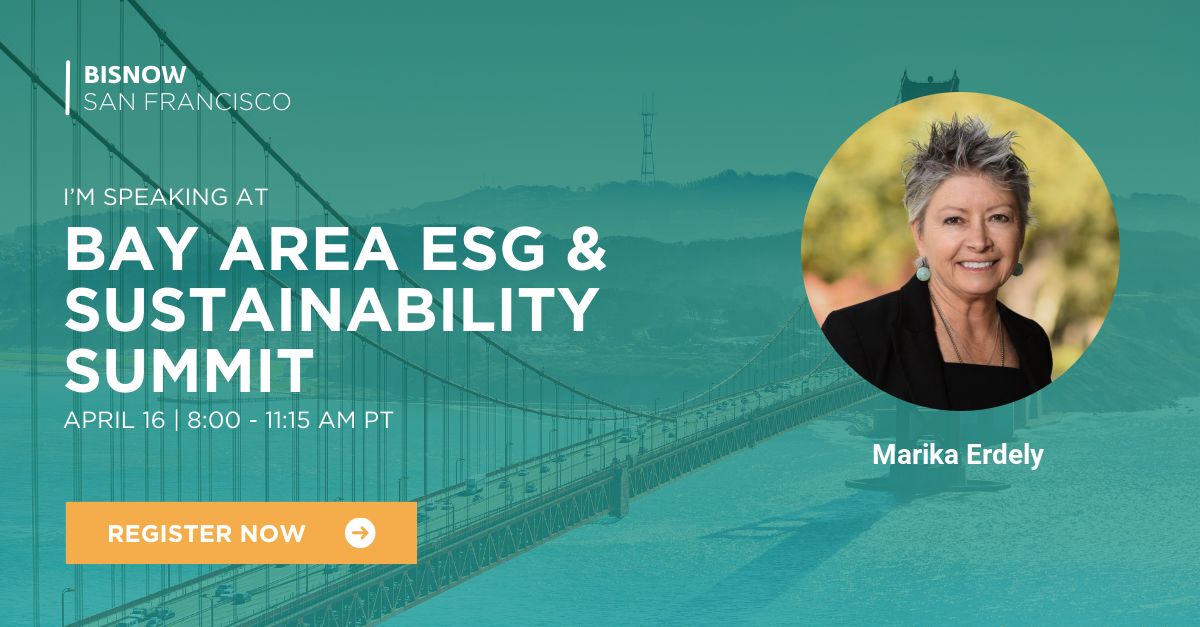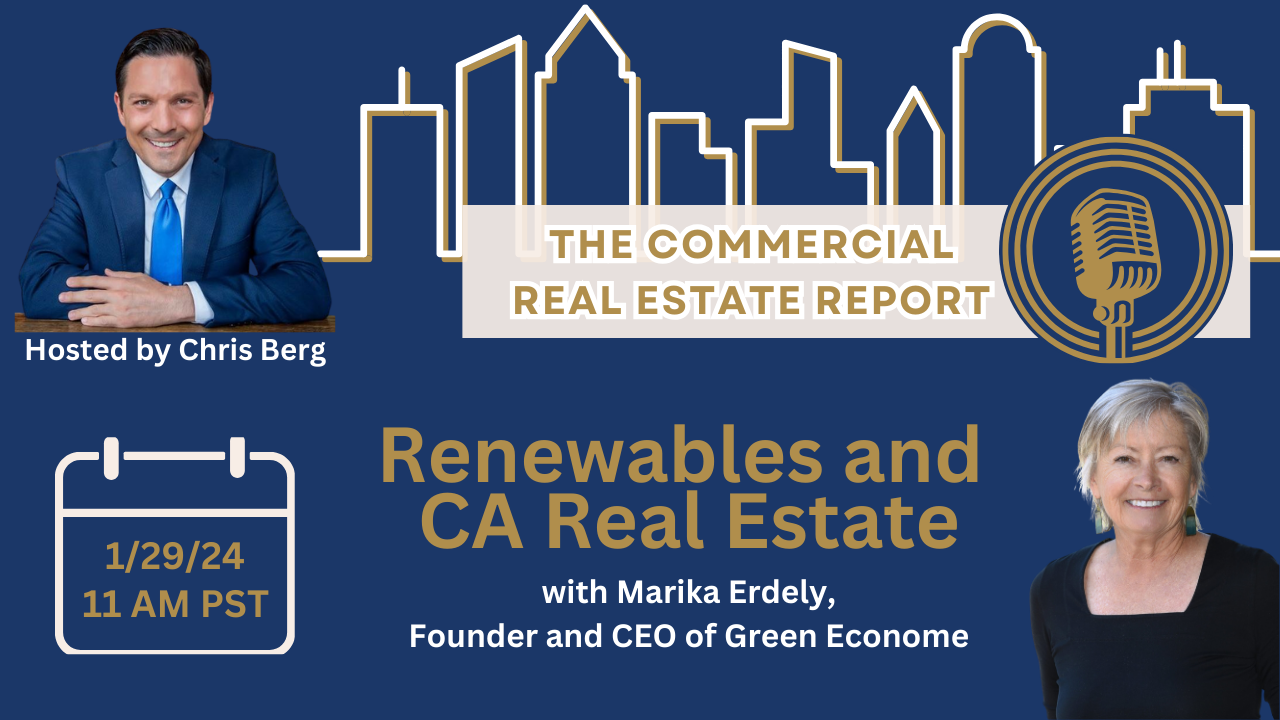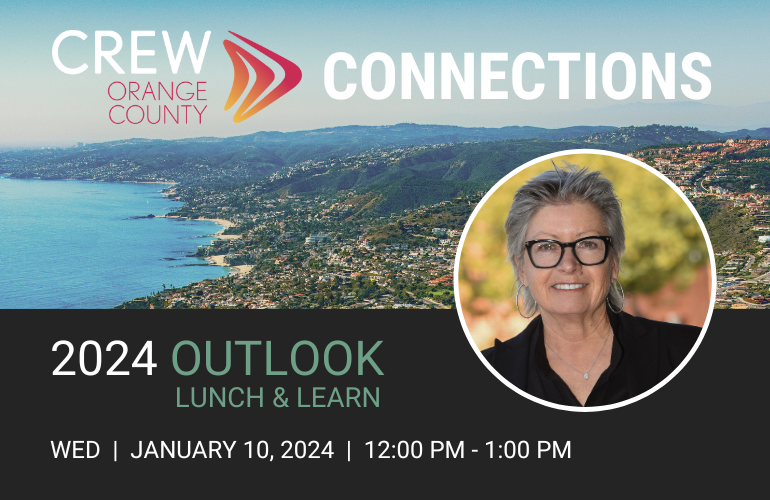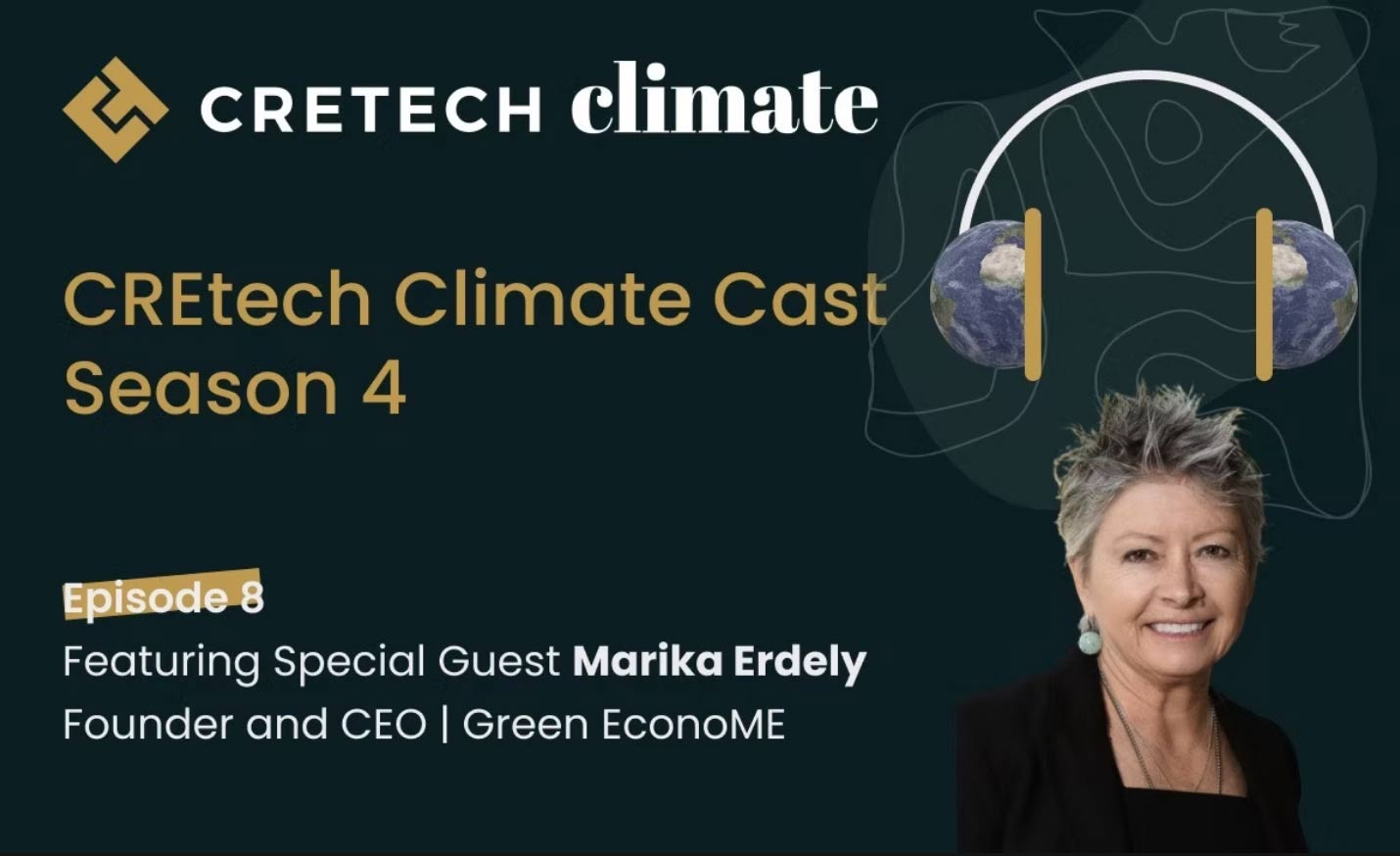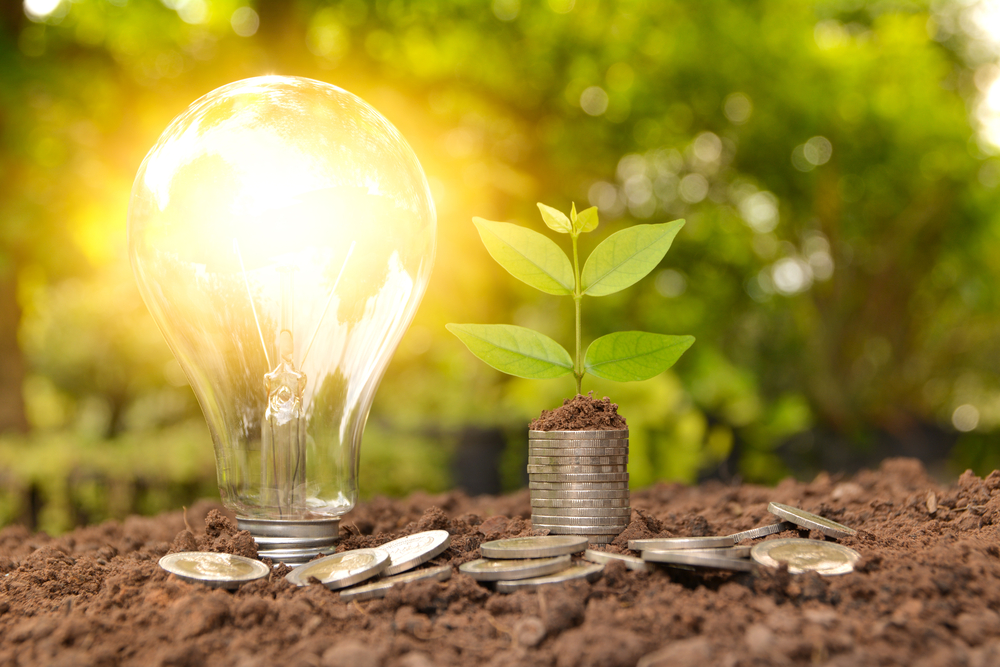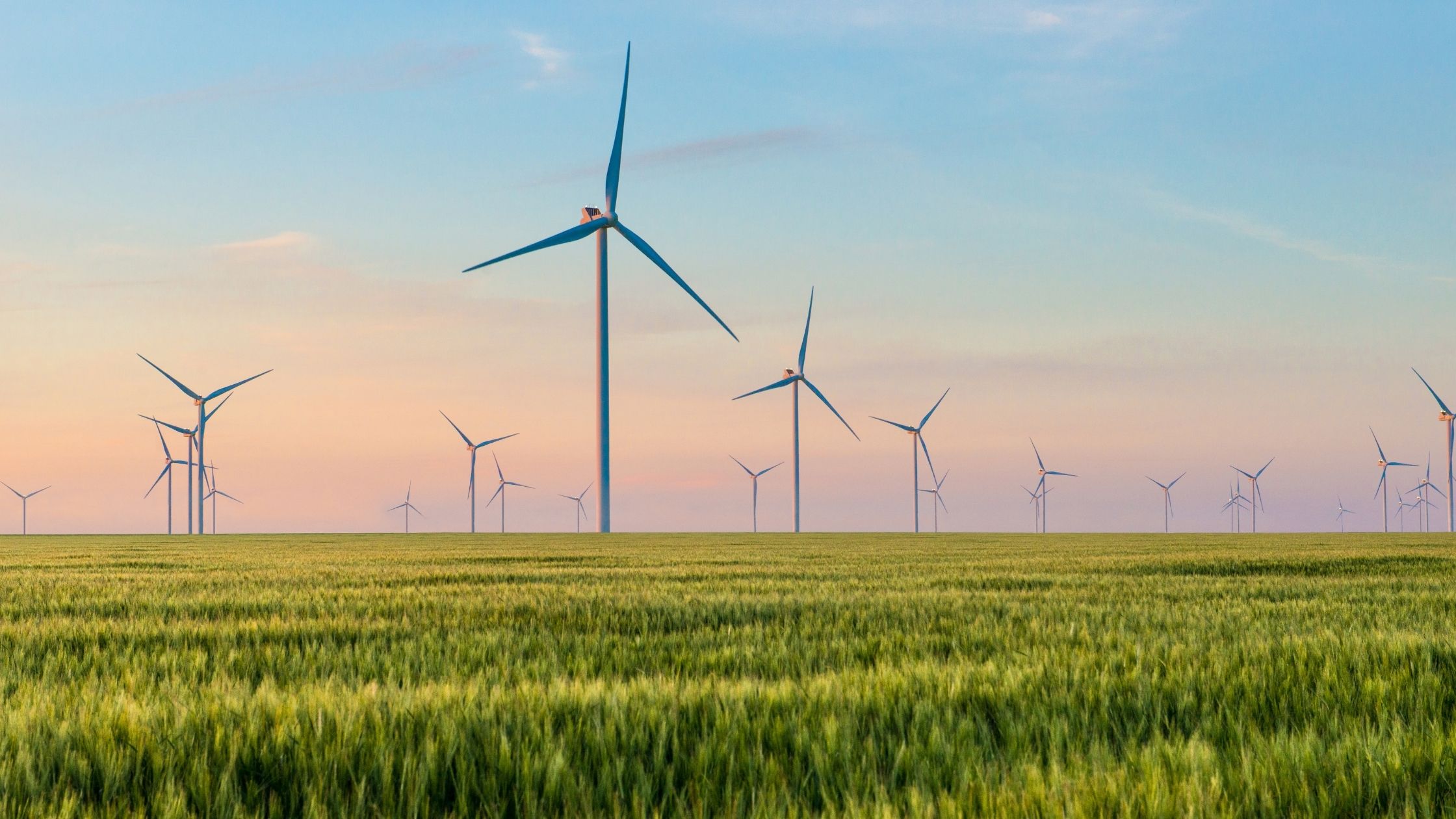At Green EconoME we are passionate about saving building owners and operators energy, on their energy costs and maximizing their capital investments. That’s why we cringe when people tell us they finished a project and didn’t take advantage of any of the many available utility incentives. Right now, utility incentives and tax benefits for energy efficiency and clean energy generation are the vehicle that governments are using to mobilize clean energy goals. What motivates you to make improvements to your commercial real estate is yours. What matters to us is that we each benefit from the actions we take, and that those actions hold long term value.
Utility Incentives 101
Utility incentives are financial and sometimes technical support available to specified projects or equipment. They can be offered by the utility directly, a program administrator, or are publicly administered programs. This year, there has been a shift toward centralizing some incentives and programs to be available across California, rather than at the regional utility level. This shift marks California’s response to clean energy mandates and helps distribute funds equitably to all utility customers. It creates a bigger funnel for end-user incentives and rebates to assist with efficiency, renewables, resilience, EV infrastructure, and building decarbonization. Confused? Call us.
Our Top Three California Energy Saving Incentives
Aside from not knowing about available incentives, another barrier simply is that there are so many options, decision-making can be difficult. Here are some key programs that, from our experience to date, are easy to manage, pay well, and have a stable stream of funding:
- LADWP Commercial Lighting Incentive Program (CLIP)This is offered through LADWP directly to its qualifying business customers. CLIP is for lighting retrofit projects where the building has an annual average monthly electrical demand (kW) above 200 kilowatts. Every efficiency project Green EconoME has completed has included LED lighting retrofits. We leverage this incentive where we can, and consistently see on average 30% savings on the total project cost.
- SoCalREN Multifamily Program (SCR)The County of Los Angeles administers the Southern California Regional Energy Network (SoCalREN) programs. The SoCalREN offers financial assistance to public agencies and multifamily residential property owners for energy efficiency retrofits impacting both electric and gas use. Green EconoME has served as a consultant and contractor on several SCR multifamily retrofit projects over the past 2 years. See our Case Studies for results. We have seen energy savings exceed program requirements, and have been awarded further program credits.
- California Energy Design Assistance (CEDA) ProgramCalifornia Energy Design Assistance provides complimentary energy design assistance and financial incentives for commercial, public, industrial, agriculture, and high-rise multifamily new construction projects, or major alterations that are in their early design phases. The goal of the program is for buildings to be designed efficiently from the start, thereby realizing lifelong savings and less environmental impact. CEDA helps the design team identify the most energy efficient strategies through custom energy modeling, then helps the owner implement those measures through incentives to reduce cost. CEDA, along with LADWP’s Zero By Design (ZBD) understands that every team is different and allows room for the professionals you bring to the project to complete some or all of the work, as long as it meets set criteria.
Tax Benefits
A powerful 1-2 punch is combining utility incentives with tax deductions like Section 179D, and the CARES Act Qualified Improvement Property (QIP), which allows for accelerated depreciation, while the solar tax credit (ITC) is a full credit off the owner’s tax liability. A clean energy future, regardless of how we feel about it, is the direction California is already moving. Local, state, and federal policy around clean grid infrastructure and lowering carbon emissions can strain property owners, which is why these robust incentives are available, being widely funded, and introduced at a rapid pace. Green EconoME has been helping clients navigate and manage available incentives for their projects, ensuring the richest paybacks possible. Schedule a meeting to discuss your current or future projects.


